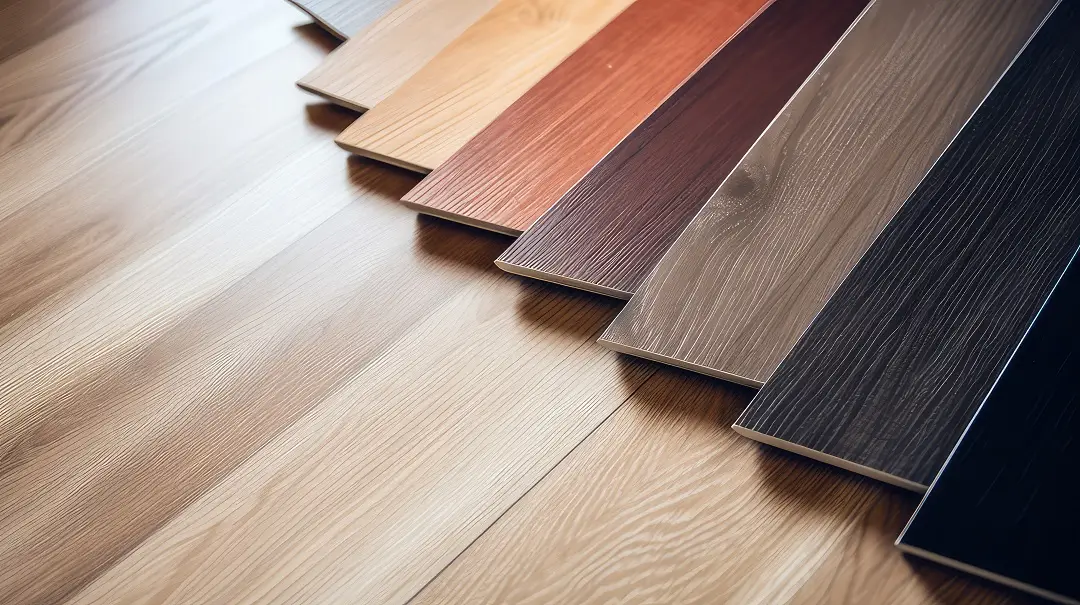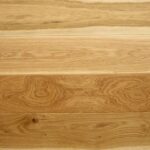When it comes to interior flooring options, laminate and vinyl are two of the most popular choices. They offer an affordable alternative to hardwood flooring while still providing that luxury look and feel. But which one is better – laminate or vinyl? Let’s break down the key differences.
Appearance
In terms of aesthetics, laminate flooring more closely resembles hardwood. It has photo-realistic wood or tile visuals printed on its surface, making laminate a great faux-wood option. Vinyl flooring, on the other hand, has more consistency in colour and texture across its surface. While vinyl comes in wood-look styles, the grain is not as defined as laminate. Vinyl overall has a slightly more plastic appearance.
Durability
Both laminate and vinyl are very durable flooring types. However, laminate holds up better over time. Its water-resistant core layer helps protect it from stains and damage. Heavy foot traffic is also less likely to cause laminate indentations than vinyl. Today’s luxury vinyl planks are much more scratch and impact-resistant than older vinyl flooring options. Properly installed, both materials can last 10-15+ years with minimal wear.
Water Resistance
Vinyl takes the cake here – it is fully waterproof and can even be installed in bathrooms. Spills, leaks and moisture will not damage vinyl flooring. Laminate is water-resistant but not waterproof. Spills should be cleaned up within 30 minutes for laminate to avoid indentation or warping of the planks. The laminate core cannot get soaked through like vinyl.
Underlayment
Underlayment padding is recommended under both laminate and vinyl flooring for added comfort, moisture protection, and noise reduction. However, laminate generally requires a more rigid underlayment for stability compared to vinyl’s flexible pad options. The correct underlayment choice is important for maximizing the lifetime of the flooring material.
Installation
Vinyl flooring is often easier and more forgiving to install than laminate. Vinyl planks simply ‘click’ together without any special tools needed. Laminate installation requires more attention to detail to avoid gaps or peaking. Vinyl’s flexible nature allows for cuts around obstacles, whereas laminate cuts must be precise. However, with the right tools and techniques, the professional installation of either product is very manageable.
Cost Comparison
On average, vinyl costs less than laminate flooring per square foot. Laminate carries a mid-range price point, while vinyl is more budget-friendly. In most cases, vinyl can also be put over existing flooring, saving the additional cost of floor preparation or underlayment. In the long run, both materials are affordable options compared to hardwood.
Both laminate and vinyl flooring are awesome, inexpensive alternatives to hardwood that deliver style and resilience. For most living areas, laminate’s wood-look makes it a top choice. But nothing beats heavy-duty, waterproof vinyl in high-moisture spaces like baths. Consider your budget, needs, and room usage to determine the best material. Our experts at Milton Hardwood Floors can help determine which option best fits your home’s requirements.






